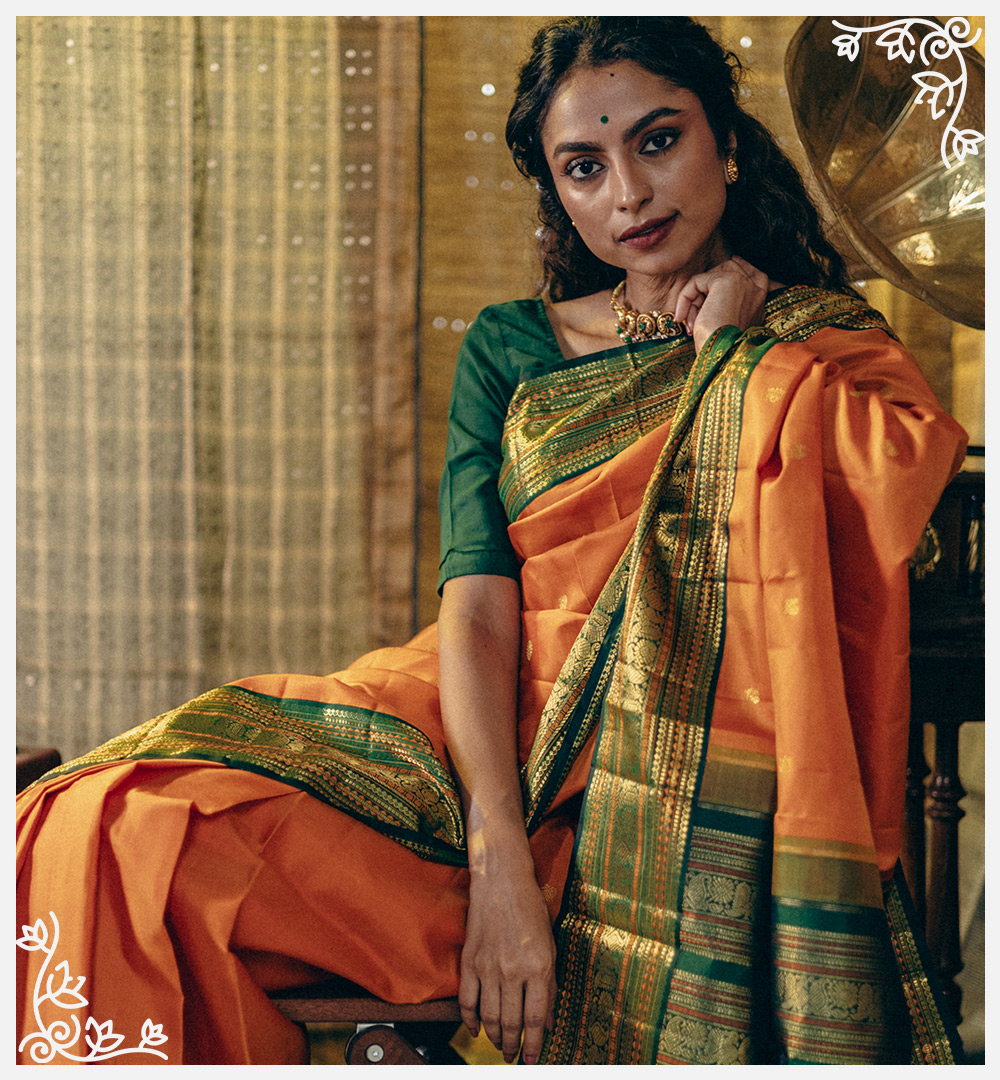Ending The Year With Margazhi Tones
A History of Margazhi
A pinch of chillness in the air, beautiful rice flour kolams in the thresholds of homes, the sonorous tunes of the temple gongs/brass bells, and the divine chant of Thiruppavai and Thiruvembavai in the temples herald the arrival of the sacred month of Margazhi. “Among the months, I am Margazhi”, says Lord Krishna in the Bhagavad Gita. Also, it is during this month that Lord Shiva manifested as ‘Nataraja’ in a soulful, swirling, mind-boggling cosmic dance. So Margazhi month, which is steeped in spiritual history, is celebrated with the utmost serenity and devotion, to invoke upon this world a profusion of divine grace and make it a more peaceful place to live.
Popularity in South India
In South India, particularly in Tamilnadu, Margazhi month is perceived to be the most befitting period for spiritual advancement and so people take up many religious observances during this month. Waking up early in the morning (Brahma Muhurat), ushering in the Divine with beautiful kolams in the entryways, thronging to the nearby temples after a refreshing early morning bath to chant Thiruppavai and Thiruvembavai - these are the rituals to celebrate Margazhi. The temple visit concludes with the doling out of delicious Prasadams like Akkaaravadisal, Ven Pongal, Palkova, and curd rice which are age-old traditional dishes, appetizing to the palate, flavourful to the taste buds, and easy on the gut.
The Musical Touch
With religious fervour at its height, the cultural aspect of our beautiful tradition is also highlighted through the Margazhi Music Festival, celebrated from mid-December to mid-January. There are Carnatic music concerts, traditional dance performances, Hari Kathas, lec-dems (lecture demonstrations of the nuances of music and dance), and bhajans, to soak the people in the quintessence of music, dance, and drama. Artists, both professional and amateur, congregate in the city of Chennai and unleash the magic of their craft and flair, upon the Rasikas and drench them in a cascade of creative flow. People rush to the Sabhas, for free performances as well as fully sold-out shows, to watch these maestros perform.

Colour of the Season
The musicians, dancers, and Upanyaskars have a charismatic and charming stage presence, in their bright and beautiful silken finery. Monochrome sarees enhanced with captivating golden zari work or contrast body-border sarees in a cornucopia of colours are worn by the lady artists. The male performers also come in stately dhoti-kurta attire crafted from the finest of silk or cotton. Trends are set in ethnic wear, especially in sarees during the music season. Not only the performers but also the audience, contribute to the divine ambience, in elegant Kanchipuram silk sarees , Banarasi silk sarees , Pochampalli, Chanderi, and Ikkat silk sarees. The whole atmosphere is filled with an aura of tradition, history, and heritage.
The Tulsi Madras Touch
So celebrate this Margazhi month, indulging in the soothing chillness of the air, in the mellifluous music that fills the atmosphere, in a tryst with divinity to assuage the agitated mind and a dalliance with the colours of the season to feel good about yourself. Come and have a look at what Tulsi Madras has to offer – silk sarees in vibrant violets, opulent oranges, ravishing rusts, bewitching blacks, and a host of other colours too. Wear a Tulsi Madras saree to a concert, a bhajan, a temple or simply to be at home and embrace the charm of this soulful season.


